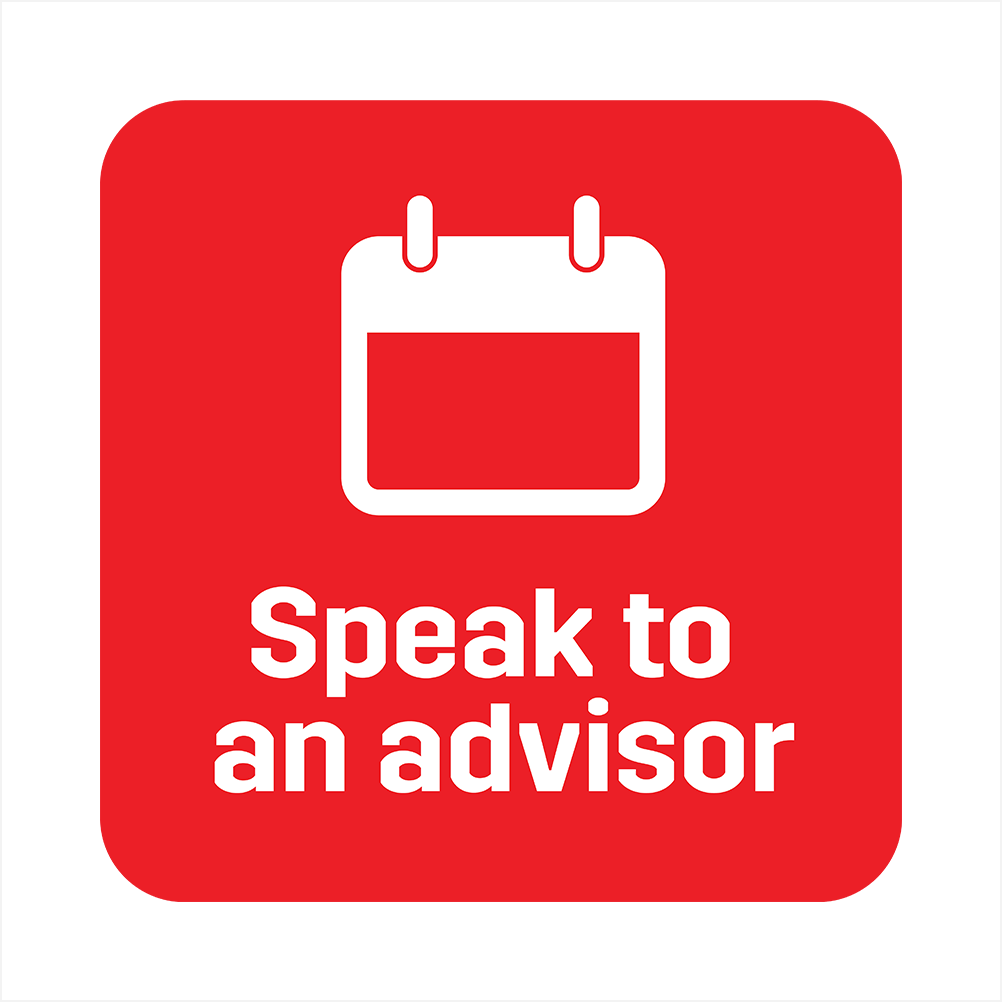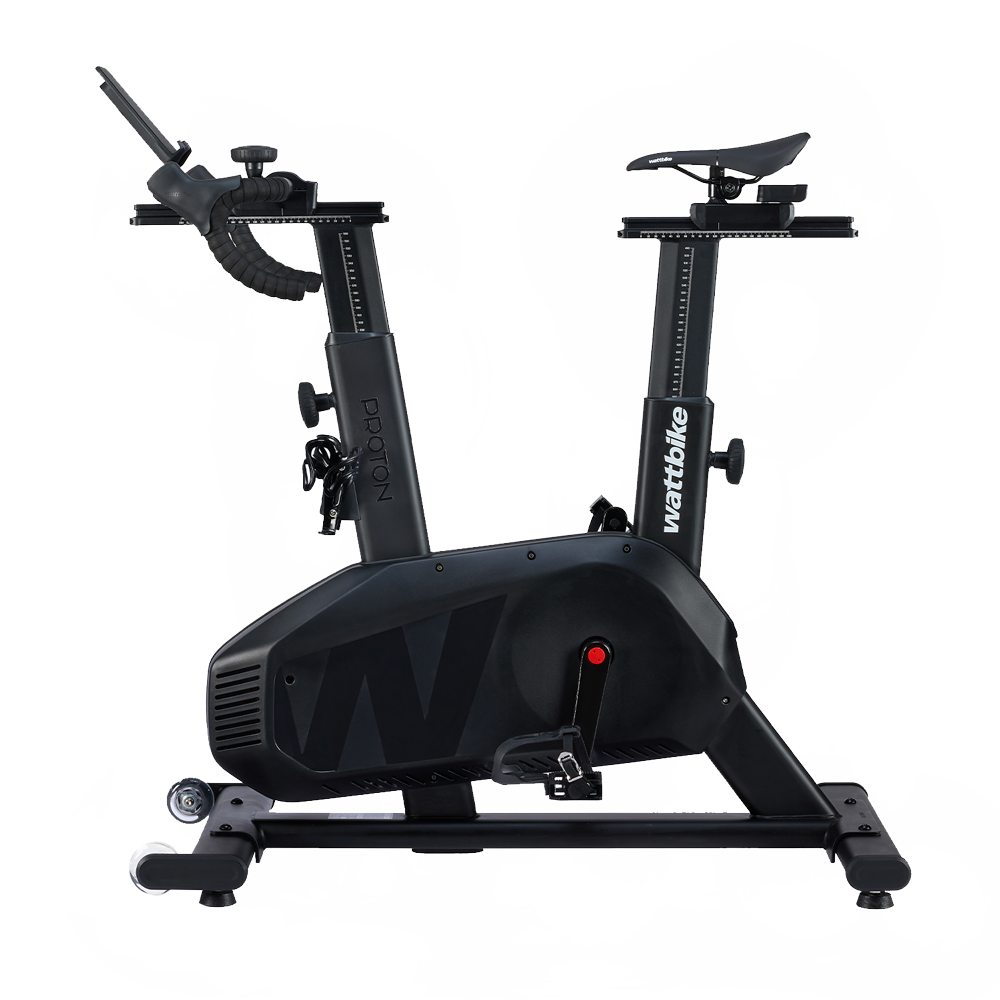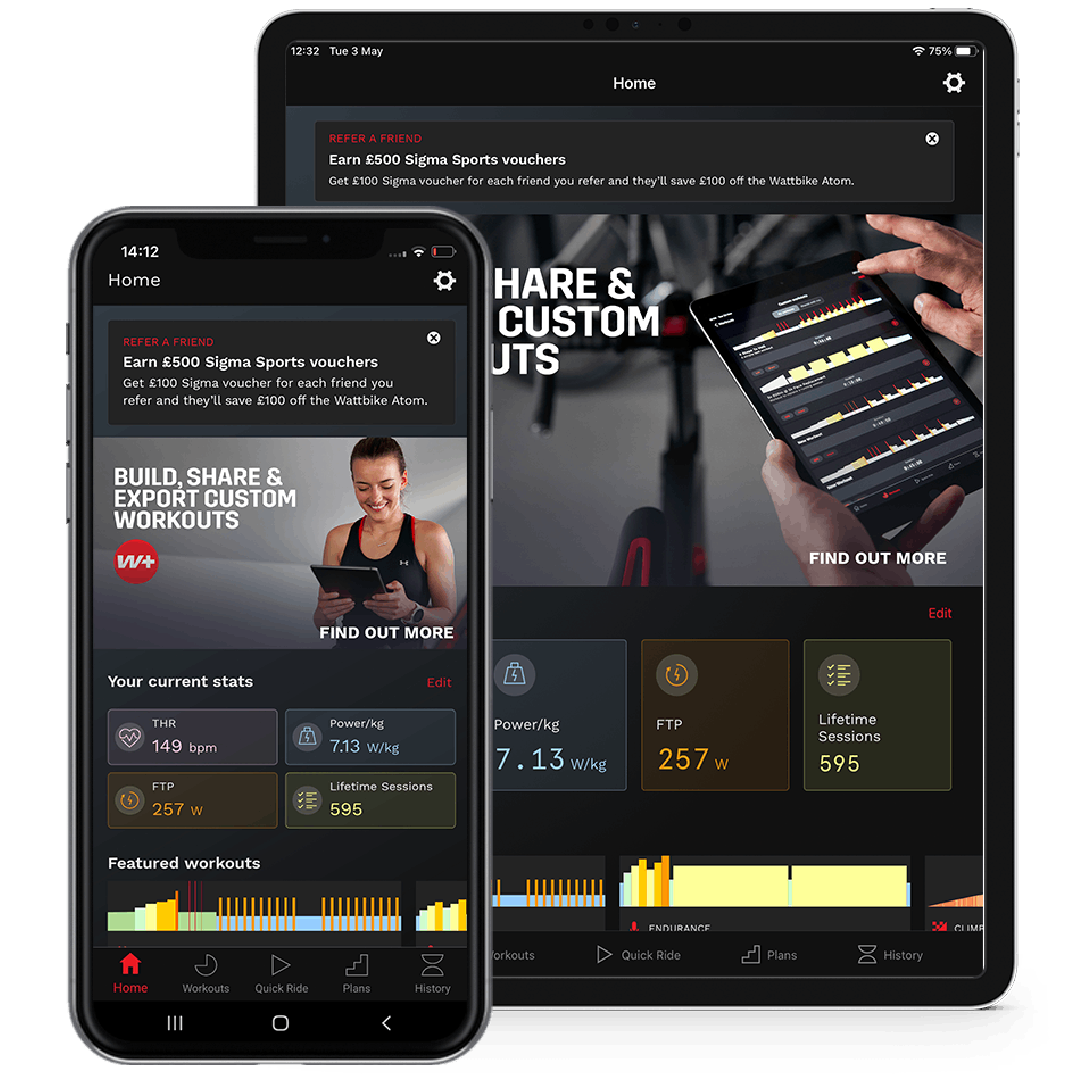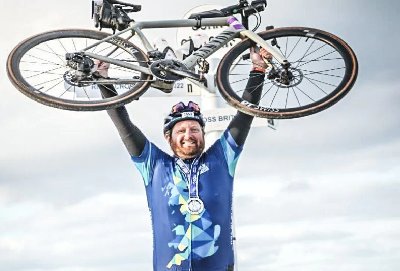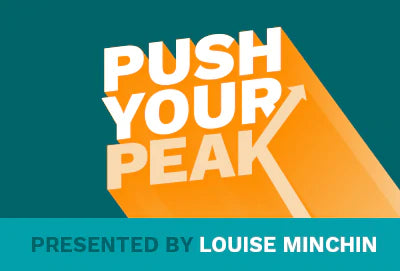Your Cart is Empty
shop
training & apps
support & services
news & information
Planning Your Off Season: When To Take A Break
September 26, 2016 5 min read
Written by Mark Fenner
Establishing an off season used to be quite easy when I lived in the UK as the natural seasons of the year could be used to determine the all-important time off and the subsequent start of next seasons training. With so many events and races all over the country and world these days structuring a season's training can be increasingly difficult. Without the help and knowledge of a coach the self-trained athlete can and often does get to the very point in the season when they want to be in top form only to find they are fatigued and wanting to hang the bike up. The questions we need to find answers to are many and varied, but, a few are listed below.
- When should I take a break?
- How long should I take off in my off season?
- What should I do in my off season?
- How long should I build towards my target event?
In this article we will look at answering some of these commonly asked questions. We look at the data usingToday’s Planto help determine the answers to these questions and help you on your way to the best season ever in 2017.
When should I take a break?
The all-important off season is a time to allow the body and mind to recover from a season of racing or targeting specific goals. This level of application, determination and commitment can leave us tired and in need of some time out to come back into training refreshed and ready to go again.
For every athlete I have ever looked after the answer to this question is always different and this difference should permeate through all your decision making processes when planning the year and structuring your training and rest. Each of us will be able to handle various levels of stress, this can be load in terms of the duration/intensity (T-Score – training load) of our training, as well as the off bike stressors (work, family commitments, etc) which affect our ability to recover and remain motivated to get up early and get out the door to train. Each of these should be considered in relation to your specific situation and will affect the timing, length and structure of the off season.
If we look at Chris Hamilton’s (Newly signed World Tour rider with Giant Alpacin) Seasonal Planner Chart we can get an understanding of the way his season was structured and periodised to allow for two major peaks in the season as well as a mid and end of season break added.

A few noticeable patterns can be seen when looking at Chris Hamilton’s Seasonal Planner Chart.
- Chronic Training Load (CTL)is very rarely flat or stagnant, it is either increasing as load is added or decreasing as load is reduced to gain freshness and form. It is important to realise that trying to maintain a high level of CTL throughout the season can lead to burnout and sickness for most athletes. This is the same whether you are carrying a load of 120CTL or a load of 50 CTL.
- Although Chris’s season had to be altered to accommodate for the Tour Down Under and Herald Sun Tour and then impacted by the accident each building and racing block lasts no more than 14 – 18 weeks before a small break is added to the schedule. This break would usually take the shape of 5 days off the bike or with very light load (a few MTB rides) before resuming training. These small rest periods allow for both physiological and psychological recovery during the season. This is then followed by a full 3 weeks off season.
How long should I take off in my off season?
The length of time an athlete should take off the bike should be an individual decision determined by a few different factors including, but, not limited to:
- How long the last block of training and racing had been
- How many race days the athlete completed?
- How long the athlete tried to maintain their CTL while also in a race phase (during a race phase CTL should generally be reduced to allow for super compensation and associated form)
- General health (if the athlete had suffered a higher than normal amount of colds or days of sickness a general checkup with the GP is advised. This checkup can be used to determine a number of fatigue related issues and will help guide the length of the off season)
- In general, a 2 – 4 week off season is usually enough to allow most athletes the chance to recover and recharge ready to get back amongst it.
What should I do in my off season?
During the off season Chris will still do a few rides on his MTB and join his mates for the coffee shop ride, but, there will be no structure or intervals set. I advise riding if you want to only, this relaxed approach allows the athlete to just enjoy being out on the bike. If I see that Chris is still riding too much or too hard I will intervene and discuss the bigger picture in terms of next year’s goals and target races. The off season is also a great time to start a strength and conditioning program based around strengthening the whole body and working on known weaknesses to make sure when the season starts again the body is ready to handle the load.
Other things to do and not to do during the off season can include;
- Walking and hikes (walking is a great exercise away from the bike that can be fully inclusive of our loved ones)
- Swimming (another great exercise that can help strengthen our upper bodies as well as maintain good cardiovascular fitness)
- Yoga (great for flexibility and strength as well as the relaxation benefits and breathing skills)
- Do your very best to still maintain a good diet. It is very easy during the off season to put on a few KG’s by continuing to eat as you were when training hard, if you can keep a check on this during the off season the transition back to fitness can be a far easier process.
How long should I build towards my target event?
The time it takes for each athlete to reach peak condition is again varied. Some athletes are fast responders to training and are able to gain race fitness quickly, others take longer and need more time and a bigger load. In general, I would aim to allow at least 12 weeks and up to 16 weeks to become race ready. Later in the season when starting from a greater level of condition this peaking period can be shorter. Some considerations to think about when thinking and planning for next season’s first peak could be:
- How long you took off in the off season and therefore how much condition (CTL) did you lose before getting back into training.
- How long will the race phase last and therefore how long will you need to maintain peak race form for?
- What type of race or event are you targeting? Is it a short explosive, long endurance event or stage race event?
Now is the perfect time to start planning your off season break and start organizing the activities that will help you recover and come out swinging in the new season like Optimus Prime.
Also in Training

Why Benchmarking Matters
December 29, 2025 5 min read
Ever wonder why some athletes make rapid gains while others plateau? The secret isn’t just hard work, it’s benchmarking. Without knowing your starting point, training can be guesswork. The right test, from an FTP or ramp test for endurance to short maximal efforts for power, gives you the data to train smarter, not harder. Benchmarking transforms every session into a targeted, purposeful workout, accelerates progress, and ensures recovery is effective. Plus, regular re-testing keeps your training in sync with your improving fitness, so you stay ahead of stagnation and build sustainable, long-term performance. Discover how to train with clarity, confidence, and measurable results.

Balancing the Gym With Off-Feet Conditioning
December 18, 2025 5 min read
Building lasting fitness isn’t about training more - it’s about training smarter. We want tog ive you the tool toStart Strong, Stay Strong this 2026 and explain how to balance gym-based strength training with off-feet conditioning, to create a structured weekly routine that supports performance, recovery, and consistency. Whether you train three, four, or five days a week, this guide shows how the right training split helps you build strength, improve cardiovascular fitness, reduce injury risk, and maintain momentum throughout 2026 with a plan you can actually stick to with your Wattbike.

Motivation vs Discipline: How to Build Training Habits That Last All Year
December 17, 2025 4 min read
Motivation alone won’t make 2026 your strongest training year - consistency and structure do. Start Strong, Stay Strongexplains how building sustainable habits, using structured training plans, and relying on repeatable routines can help you train consistently, even when you don’t feel like it. From planning sessions like work appointments and setting SMART micro-goals to habit stacking and following structured Wattbike Hub programs, this guide shows how discipline, not willpower, turns intention into action, helping you improve fitness, endurance, and performance all year long.
Get the latest!
News, training tips, offers and more, straight to your inbox.


